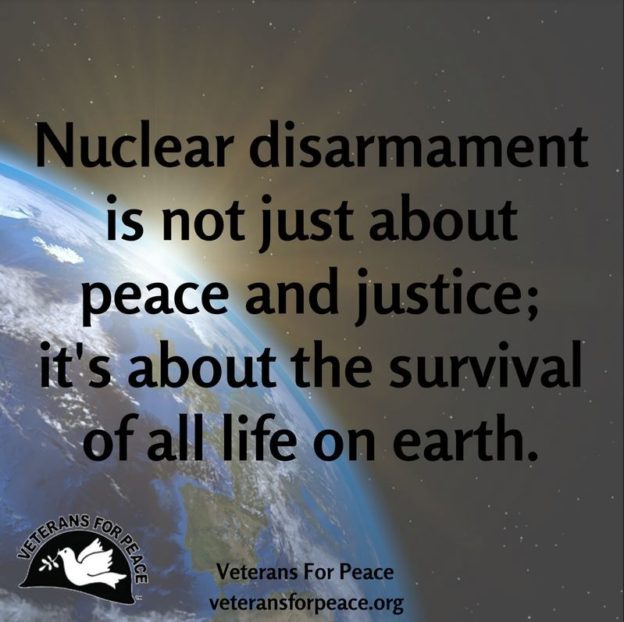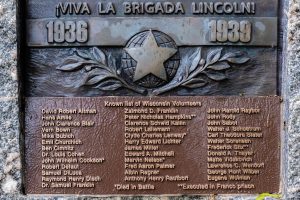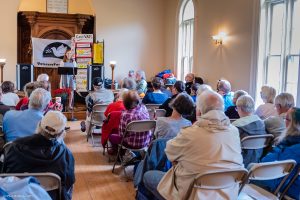Letter to the Editor. Cap Times 25 January 2021
original article:
Cassandra Dixon and Barb Olson: Biden should end support for bombing and starvation of Yemen
“For over five years, Yemenis have endured a civil war which has already killed nearly a quarter-million people. Roughly half of those who perished died from war-induced malnutrition, disease and lack of basic services.
Intervening on one side, a Saudi-led and U.S.-supported coalition has used overwhelming military force — including laser-guided bombs and other high-tech weapons supported by our tax dollars — to systematically devastate huge areas of Yemen that their rivals control.

The U.S. has supplied combat ships that are vital to the naval and air blockade presently denying millions of people in Yemen essential food and medicine (90% of Yemen’s food supply is imported).
The U.S. has also directly carried out bombing raids against those it labels “terrorists.” Recently, Congress failed to stop the Trump administration from selling F-35s like those the Air Force wants to station at Truax to the United Arab Emirates, one of the countries bombing Yemen.
As was predicted, famine is now widespread. Two-thirds of Yemenis are hungry and many tens of thousands, especially children, are truly bloated-belly-and-stick-limbs starving. Moderate to severe malnutrition afflicts a quarter of the population, including more than 2 million children.
And now COVID-19 has joined cholera and diphtheria in exponentially compounding their misery.
related
- US Envoy to Yemen Is ‘Aggressively’ Pursuing Talks With Houthis to End War
- BIDEN WITHDRAWS U.S. SUPPORT FOR SAUDI “OFFENSIVE OPERATIONS” IN YEMEN
- UAE Ambassador Al Otaiba’s yells at Rep. Khanna over Yemen Changes
- Biden’s Bolt From Yemen?: Symbolic Step, Systemic Limits, and Linguistic Gymnastics
Bad Yemen policy predates the outgoing administration, but things got worse under Trump. Along with Saudi Arabia and the UAE, the U.S. slashed contributions to international relief agencies trying to mitigate the carnage in Yemen.
Just as they applied “maximum pressure” to the recalcitrant Palestinians by eliminating U.S. funds to UNRWA, the UN agency critical to their survival, the Trump administration did not hesitate to further destroy the lives of the poor, weak, sick and elderly people of Yemen in pursuit of its foreign policy agenda.
Now the Trump administration has made good on its long-standing threat to label Ansar Allah, an Iran-supported Houthi militia in the coalition opposing our dear friends the Saudis, as a Foreign Terrorist Organization. This is designed to tighten the already suffocating blockade of Yemen.
In November, major international humanitarian organizations begged U.S. Secretary of State Mike Pompeo not to make this designation, warning that humanitarian relief could be crippled by charges of aiding terrorism for cooperating with rebels in delivery of relief to civilian populations.
Neither Ansar Allah nor the Houthis pose any threat to the U.S. or its citizens, but that didn’t keep the FTO designation from speeding ahead as Trump, egged on by his allies in Israel and Saudi Arabia, maneuvered to keep the Biden administration from altering our reckless, aggressive campaign against Iran.
No FTO designation has yet been reversed in less than two years.
Millions of Yemen’s children don’t have another two years.
Momentum is building to get the Biden administration to immediately reverse the FTO designation. Jan. 25 has been declared a worldwide day of action to finally stop the Yemen war.
Please contact your representative and Sens. Tammy Baldwin and Ron Johnson, asking them to end the U.S. role in the vicious, criminal war on Yemen.
- A Public Affair w Esty Dinur: War in Yemen (Charles Schmitz and Kathy Kelly)
- Progressive Mag: About Suffering: A Massacre of the Innocents in Yemen by Kathy Kelly
- Intelligencer: America Is Complicit in Yemen Atrocities. Biden Says That Ends Now.






















